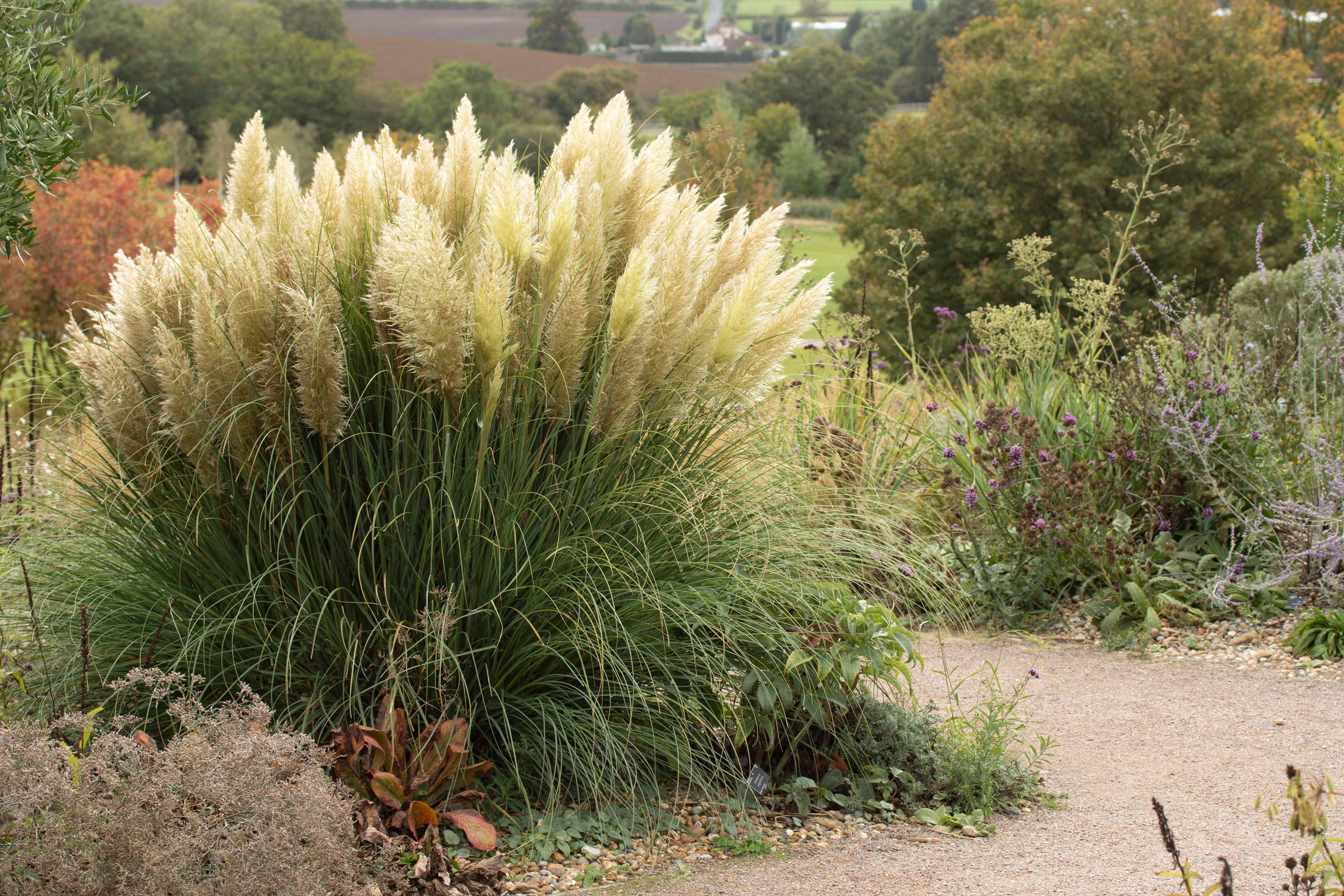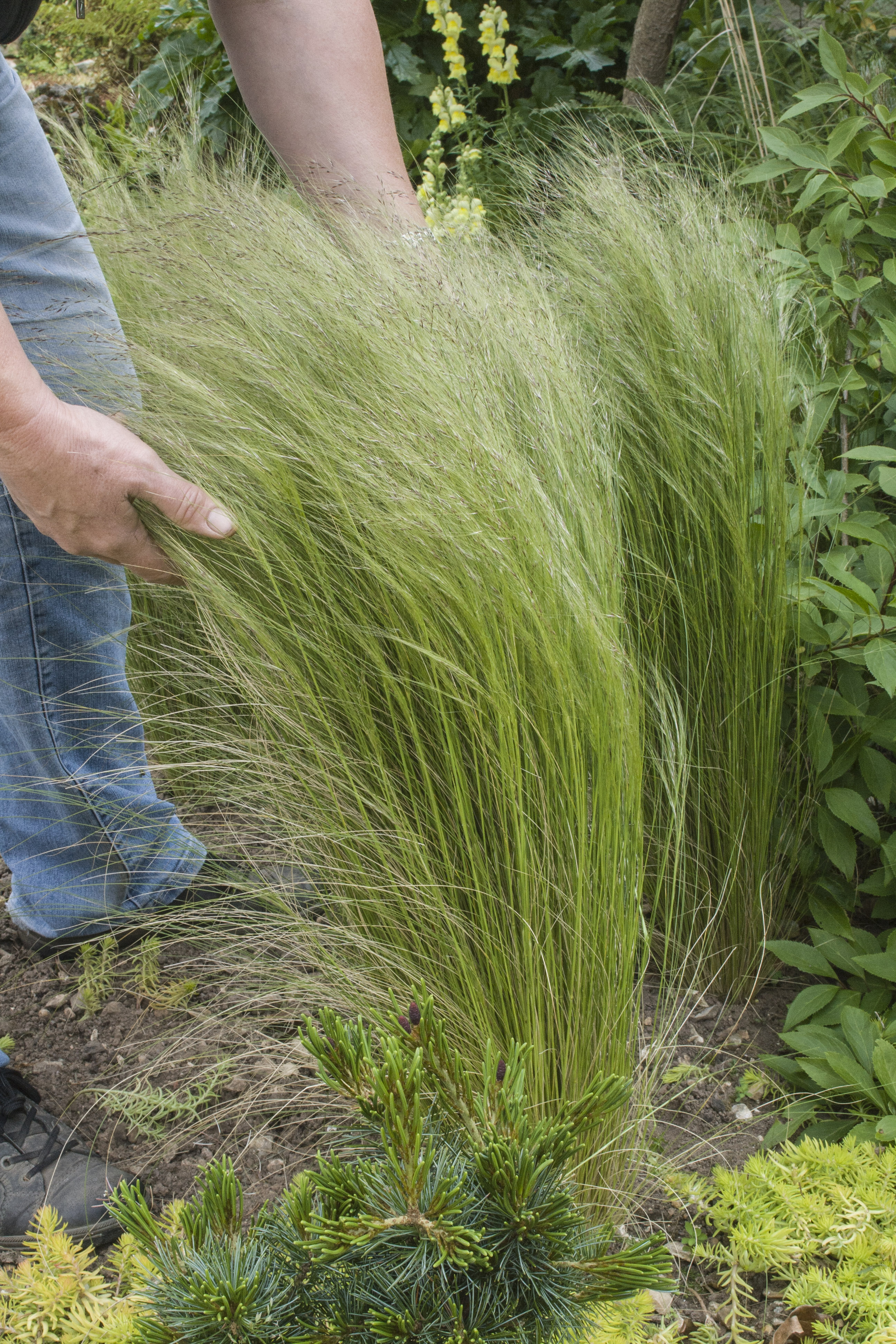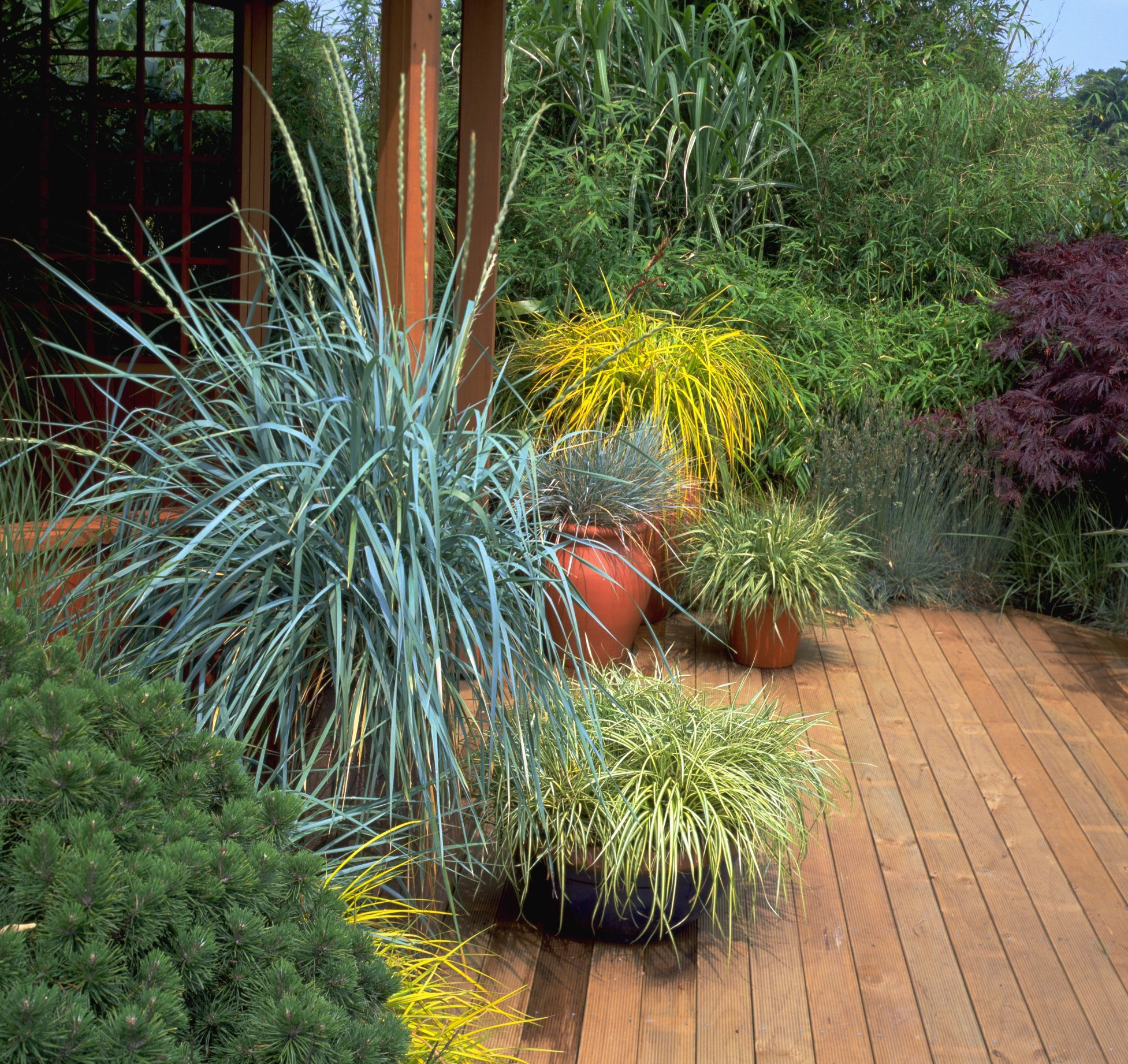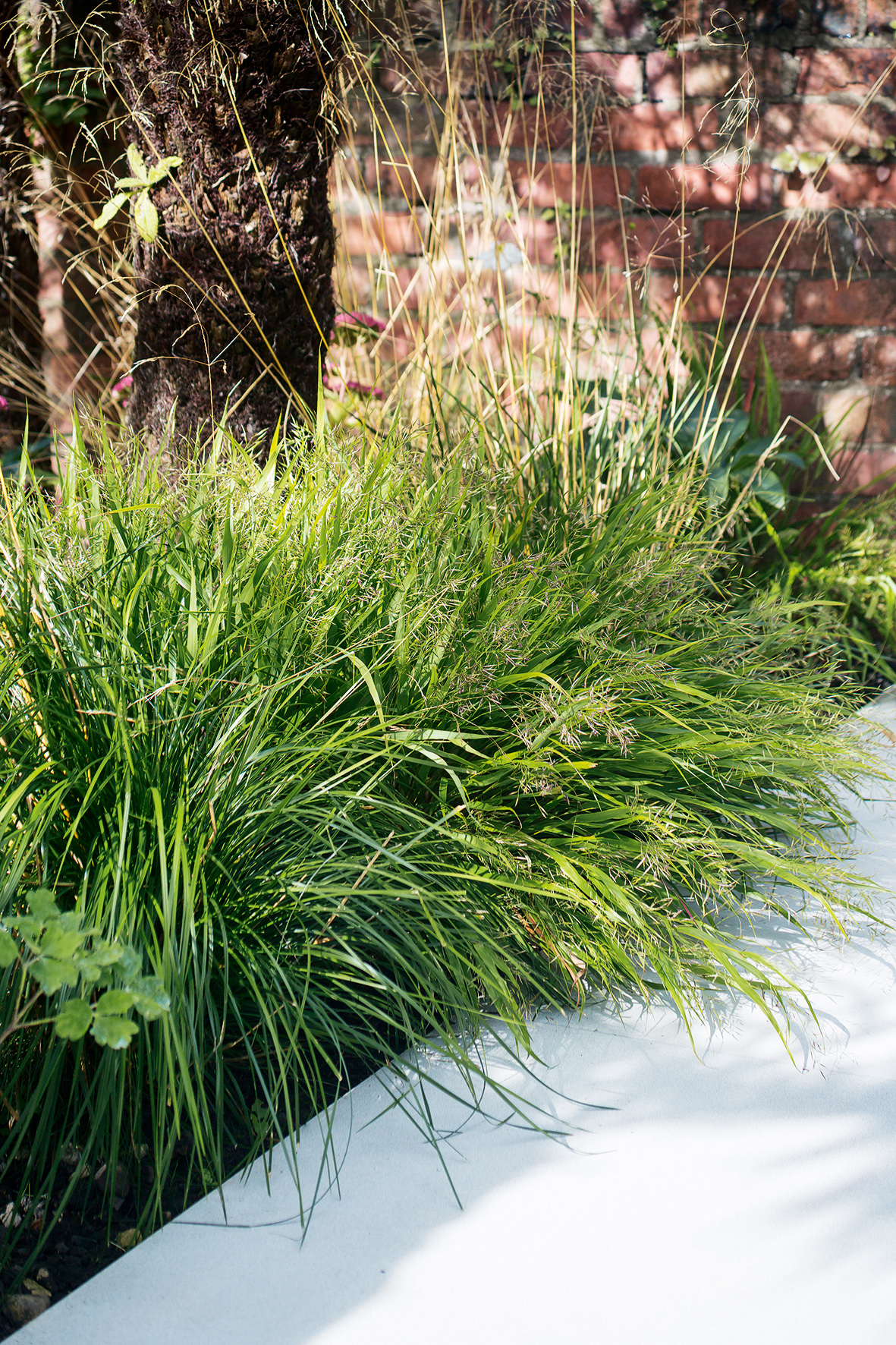Monty Don's top growing tips for ornamental grasses are a recipe for success
If you want more success with your ornamental grasses, follow these failsafe tips from gardening guru Monty Don

Planting ornamental grasses in your garden can be very rewarding. Ornamental grass provides plenty of interest and texture, even in fall and winter when there's not that much going on in your back yard.
However, ornamental grasses can be a source of confusion when it comes to maintenance. Do you cut them back or leave them? Should you divide and replant or just allow the grass to do its thing?
Learning how to grow ornamental grasses can be a trial and error process. Don't be discouraged, though – Monty Don has grown grasses for many years and has easy tips for looking after most of them.
1. Is your ornamental grass deciduous or evergreen?

The answer to this question will determine how to care for your plant. Monty writes in his blog that 'deciduous grasses like Miscanthus, Calamagrostis and Deschampsia should all be cut back hard to the ground before the new green shoots start to grow too long.'
If yours is an evergreen grass that doesn't grow back, a Stipa or a Cortaderia, don't cut it back at all. Instead, Monty advises to 'comb through each plant with a rake or your hands (I advise wearing stout gloves as grasses can be very sharp) pulling out all dead growth. The old dead growth can be shredded and composted.'
2. Don't divide too early

This is a common mistake with ornamental grasses that can send them into shock, although some do transplant better than others. Monty writes, 'do not divide or move any grasses' in March – 'They must be growing strongly to have the best chance of surviving so wait until late May or even early June.'
Some ornamental grasses, especially the larger Stipas, really hate being moved at all, so leave them. However, Stipa arundinacea, or pheasant grass, actually doesn't mind being moved, so you can divide it later in spring.
In early spring, mulch your grasses to help them retain moisture and suppress weeds. Learn how to mulch in our guide.
3. Allow your grasses plenty of room to thrive

These are prairie plants originally, so they prefer plenty of open space, usually in full sun. Monty's favorite, Stipa gigantea, 'is a big, bulky plant and likes light and air, so don't cram it into the back of the border or try, as we have done, to plant it in a group to bulk it out, not unless you have the most enormous borders.'
Monty wrote about his favorite grasses in a Guardian article back in 2004, and he describes most of them as accent plants that work best in garden borders with flowers around them. Avoid inserting the taller-growing ones into an overly dense or formal planting scheme. Give them space, while watching out for invasive types like quack grass, and grow those in a container instead.
Ornamental grasses can still be grown as part of small garden ideas, but choose just one or two plants for best results.
What are ornamental grasses?
Sometimes people get confused between ornamental grasses and invasive grasses. The truth is, it's more about how you view them. Some species do spread if you don't contain them, so are best off in containers. Some festucas are undesirable on lawns but make for great border plants.
Ultimately, if it looks good as part of your planting scheme and you keep the plant under control (or choose a non-invasive type (Cortaderia selloana, for example), then it's ornamental.
Anna writes about interior design and gardening. Her work has appeared in Homes & Gardens, Livingetc, and many other publications. She is an experienced outdoor and indoor gardener and has a passion for growing roses and Japanese maples in her outside space.
